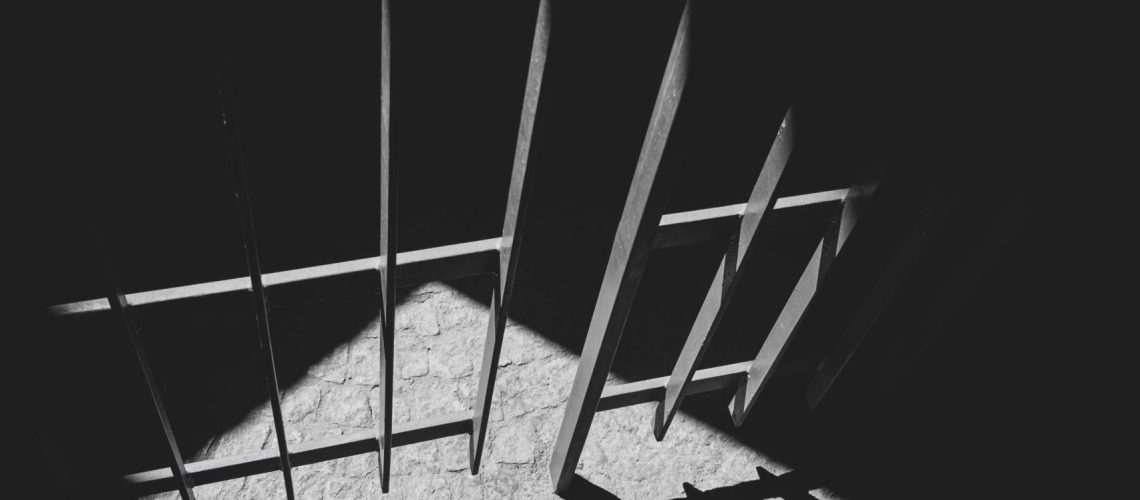In the 16 year period between 2000 – 2016, there has been a 47% increase in the number of inmates incarcerated at private prison facilities in the United States. In fact, some estimates put the private prison industry at a worth of over $10 billion. This is a startling figure in the criminal justice system. How did we get here and what are some issues associated with this massive growth?
A Brief Overview
The United States has the world’s largest population of incarcerated people per capita. We also boast the highest total number of people who are incarcerated. With almost 2,000,000 people incarcerated at any given time, this has led to massive increases in the spending of tax dollars to house inmates at correctional facilities. In the 1970s and 80s, one of the most pressing challenges to our criminal justice system was how to deal with the increase in offenders related to drug offenses. The primary response from our leaders was to mass incarcerate these people. Like many things in our history, there arose substantial disparities in what charges were brought, who was prosecuted, and the length of the jail sentences. Obviously, urban communities of color were affected disproportionately.
Based on the rising cost of incarcerating individuals, around $20k per person per year, the government sought to cut costs of incarceration—not by alternative forms of punishment but to be able to imprison people at a lower price. This led to private companies and corporations being formed to contract out the maintenance of correctional facilities. In Georgia, between 2000 and 2020, the private prison population has increased by 110% at a cost of $170M per year.
Challenges to the Private Prison System
One of the biggest challenges that the private prison industry system faces is that of keeping costs down while maintaining their facilities and housing their inmates. As a for-profit entity, private prisons have many deficiencies in the “rehabilitation” process. Studies show that keeping costs down, to increase profits, leads to unsafe conditions (e.g. lack of medical treatment, quality of food, lack of sufficient jail staff, lack of education/training programs, drug rehabilitation programs, etc). Rehabilitation or lack of recidivism isn’t a primary concern when you are trying to make money. Your profit goal is to keep an inmate in your facility longer and welcome more people through the revolving private prison door.
How to move forward
Public debate has been building for several years as these issues have mounted. Incarcerating people shouldn’t be a business model to generate profit. When rehabilitating one to have the tools to not re-offend or earn the credit needed for parole is contrary to your bottom line, things have to change.
The Arora Law Firm
The Arora Law Firm has successfully defended hundreds of clients against convictions. We pride ourselves in protecting our client’s best interests and helping them guarantee their rights and fair due process. If you are facing a criminal charge and need a consultation contact us today.










